

You'll need a fair amount of equipment to make Bacon, Pastrami and sausage at home. The good news is that it's mostly equipment that you either have, or can pick up without breaking the proverbial piggy bank. And, if you're looking to buy a big daddy smoker, you can always scrape together some dough with your meat club buddies to share the expense.
Here's a list of our recommended equipment essentials to help get you started:
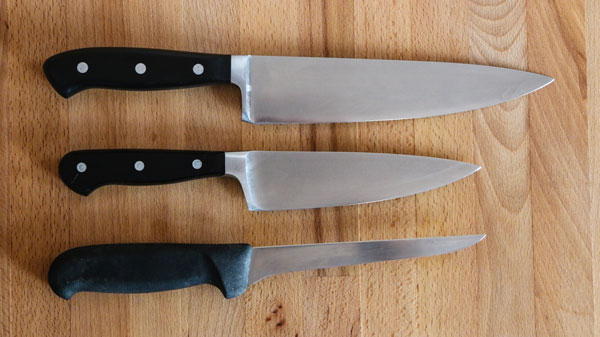
You just need a few blades for hacking through meat: A 9- to 12-inch knife for slicing through large hunks of meat, and a 5- or 6-inch stiff boning knife (flexible boning knives are preferred for birds and fish) for working the meat off the bones. You'll want a few other kitchen knives to chop veggies and the like for the meal and to stuff ingredients into the sausages. And make sure you invest in a wet stone or steel to sharpen your blades, and a wall magnet or protective sleeve to keep your blades from becoming dull.
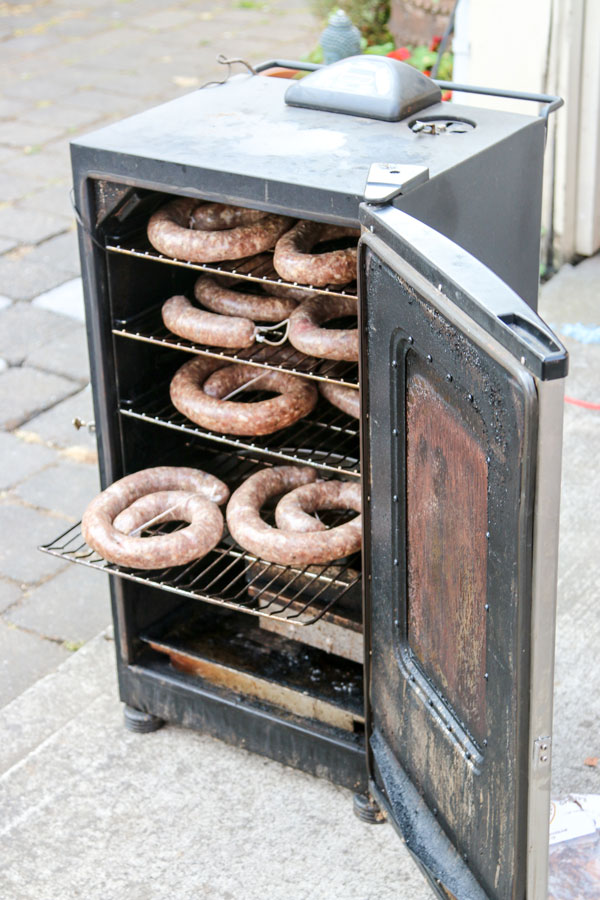
A smoker may perhaps be the greatest contraption that mankind has created. And because of that, every meat geek has an opinion about which smoker is the best smoker.
We prefer electric smokers (and recognize that we may have just lost some respect in the charcuterie community) because they ensure that the smoker’s internal temperature remains relatively consistent without needing to babysit the smoker. Part of the goal here folks is to make sure we don't have to constantly monitor the temprature of the smoker, so we can relax and enjoy the game while deliciousness is happening on its own inside the chamber.
To each his own, but we’ve found the Masterbuilt 40-Inch Electric Smokehouse Smoker to be a great, and affordable, entry-level device.
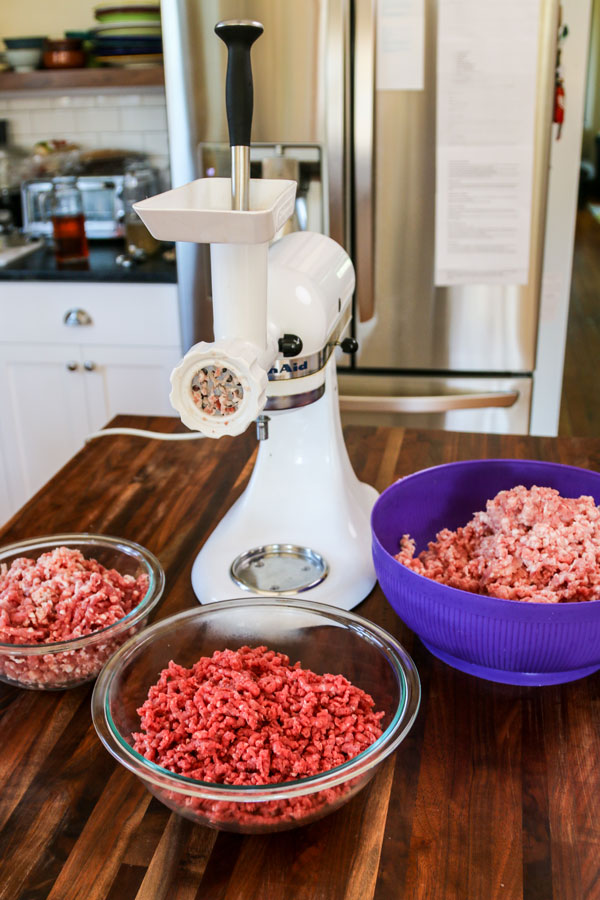
A good portion of the Meat Club meat projects call for 10 pounds of pork shoulder and pork belly, and we’ll need a meat grinder to turn that shoulder into ground pork. We use the KitchenAid meat grinder attachment for the KitchenAid stand mixer, and it's not the most efficient piece of machinery but it does the trick.
Meat grinders come with plates with different size holes to allow you to control the the coarseness of the ground meat. In our meat projects, we refer to the fine die which has 3/16-inch / 4.76-millimeter holes, and the coarse die which has 5/16-inch / 7.94-millimeter holes.
Protip: The plastic plunger included with the Kitchen Aid meat grind attachment is incompetent. Instead, we use a cocktail muddler for pressing the meat through the grinder.
Betitay Meat Grinder on Amazon
Kitchen Aid Meat Grinder / Sausage Stuffer Attachment on Amazon
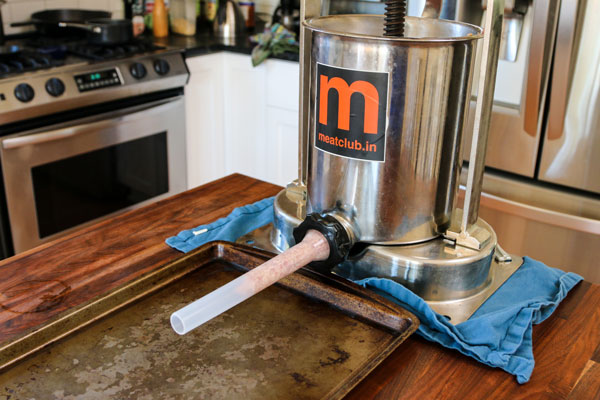
If you have a Kitchen Aid stand mixer, pick up the KitchenAid sausage stuffer attachment for an affordable way to stuff a sausage. But know this - if you pick up a 15 pound manual sausage stuffer, you'll cut down your sausage stuffing to about 50% of the time it takes using the KitchenAid attachment. You can also buy a 5 pound manual sausage stuffer, but you'll have to reload a few times during the process.
Protip: Keep a chopstick handy to push the remaining meat through the nozzle once you're done stuffing.
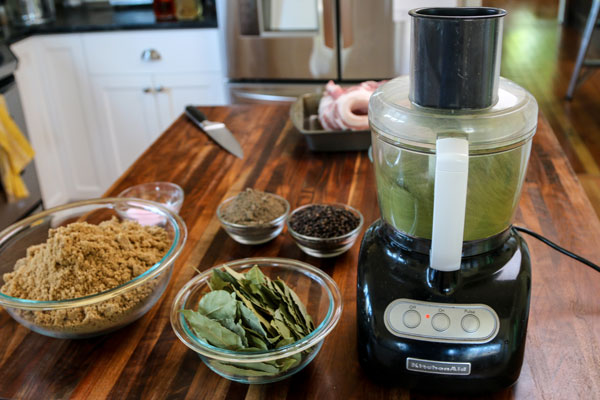
A food processor isn't needed for most of the meat projects, but will come in handy when emulsifying meat to make Hot Dogs, or for pulverizing batches of roasted peppers to make Mexican Chorizo and bay leaves to make Bacon.
A food processor isn't needed for most of the meat projects, but will come in handy when emulsifying meat to make Hot Dogs, or for pulverizing batches of roasted peppers to make Mexican Chorizo and bay leaves to make Bacon.
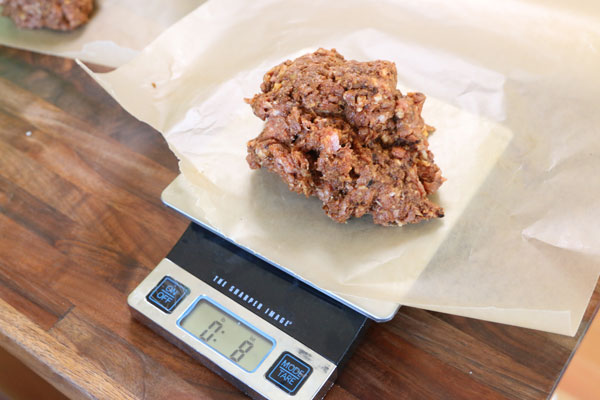
We find ourselves using the kitchen scale more than we originally expected. Sometimes we weigh ingredients for a more precise measurement. We occasionally divvy up ½ pound batches of Italian Sausage and Mexican Chorizo for easy freezer storage, and use it when we're measuring unfamiliar brands of kosher salt for weight accuracy. Make sure you pick up a digital scale that supports at least 10 pounds of weight!
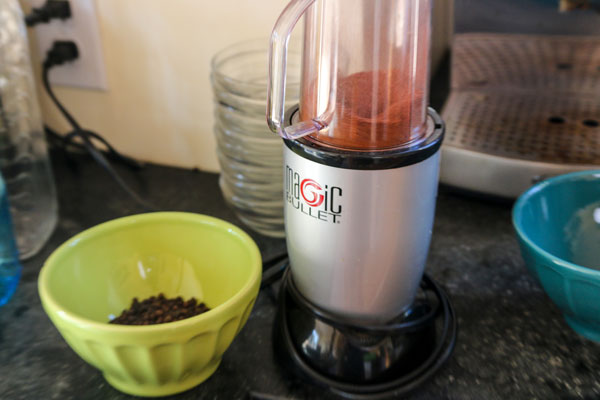
When you buy pre-ground spices, the spices lose their fragrance, and add a somewhat stale flavor to your meats. We prefer to grind our spices whole, whenever possible, to ensure that our meats have fresher spice flavors and aromas. The spice grinder can be used as to grind up whole spices like black peppercorns, cloves, and allspice berries. You can buy almost all of your spices pre-ground, which makes this an optional purchase. But if you're making meat from scratch, you might as well go all in.
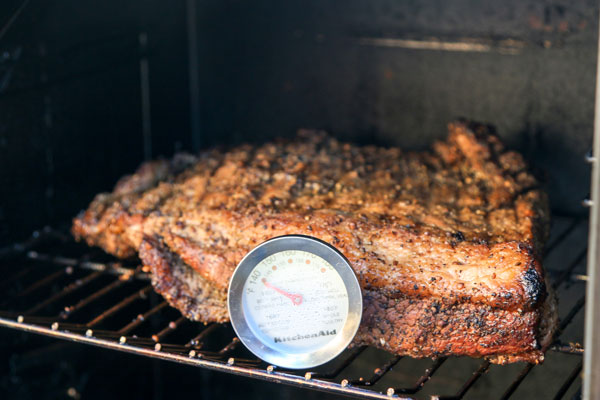
You've gotta keep tabs on the temperature of your meat when cooking or smoking, and a meat thermometer is the only way to do it. The meat needs to rise to a temperature of 145°F to kill bacteria like Clostridium botulinum and Salmonella, but you'll also want to keep it from rising much past 150°F, or else you'll overcook the meat.
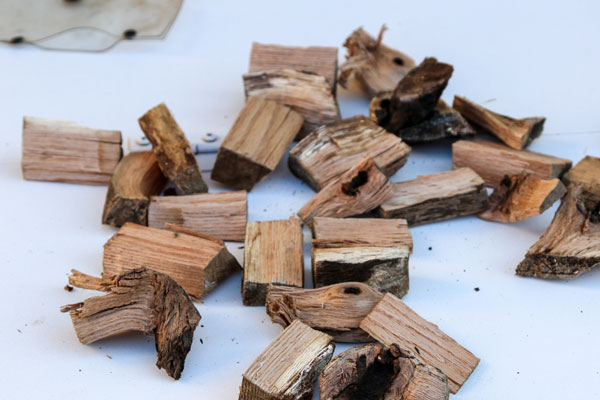
If you’re gonna smoke, you’ll need something to turn into smoke. Our smoking recipes refer usually refer to a specific type of wood, most of which can be found either on Amazon.com or at your local butcher. Our recipes call for alder, apple, mesquite, oak, and pecan wood chips. You might be surprised that we don't use hickory - if you want a really strong smoke addition to your recipes, this is the wood you want to use.
Camerons Alder Wood chips on Amazon
Weber Apple Wood chips on Amazon
Weber Pecan Wood chips on Amazon
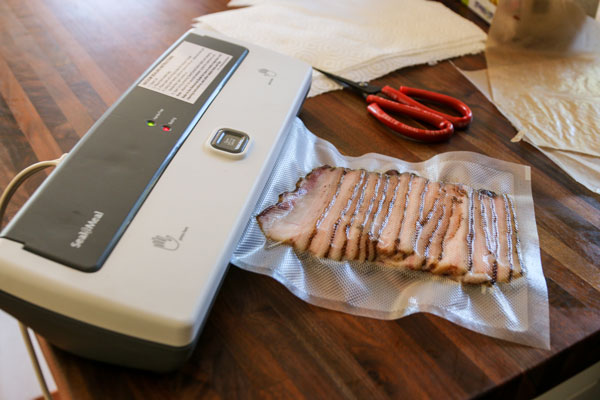
If you want to ensure your meat can be stored for long periods of time in the freezer, get a vacuum sealer. They're inexpensive, fast, and easy to operate. Most vacuum sealers have various sizes of pre-made bags where you only need to seal one end, as well as sheets so you can make custom sizes. This is a great way to store your homemade Bacon after slicing it.
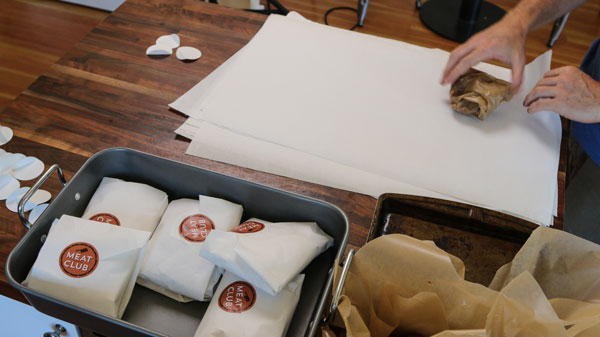
You may be A-OK with wrapping your homemade meats in wax paper, and shoving them into plastic freezer bags. But if you want to step it up a notch, butcher paper will make your meat club seem like it's the real deal. Try an 18-inch butcher paper roll that is coated with wax on one side, and pick up an accompanying butcher paper cutter while you're at it.
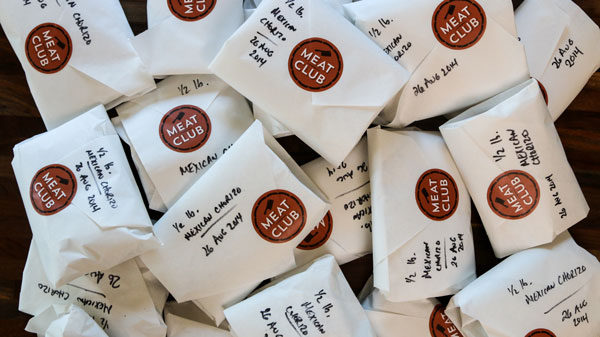
You can use masking tape to enclose your butcher paper. But, for that special touch, download the Meat Club logo or create your own club chapter stickers, and print them from a professional printer, like stickermule.com.
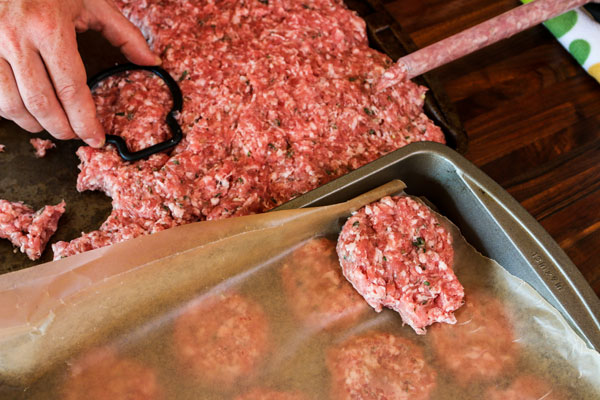
We assume that if you're hosting a meat club at your place, you already have the following:
• aprons
• baking sheets
• butcher string
• chopsticks
• cookie cutters, 3 to 4-inches in diameter
• cooling racks
• cutting board
• freezer bags
• gloves
• masking tape
• mixing bowls
• paper towels
• plastic wrap
• scissors
• sharpie markers
• stock pot
• wax paper